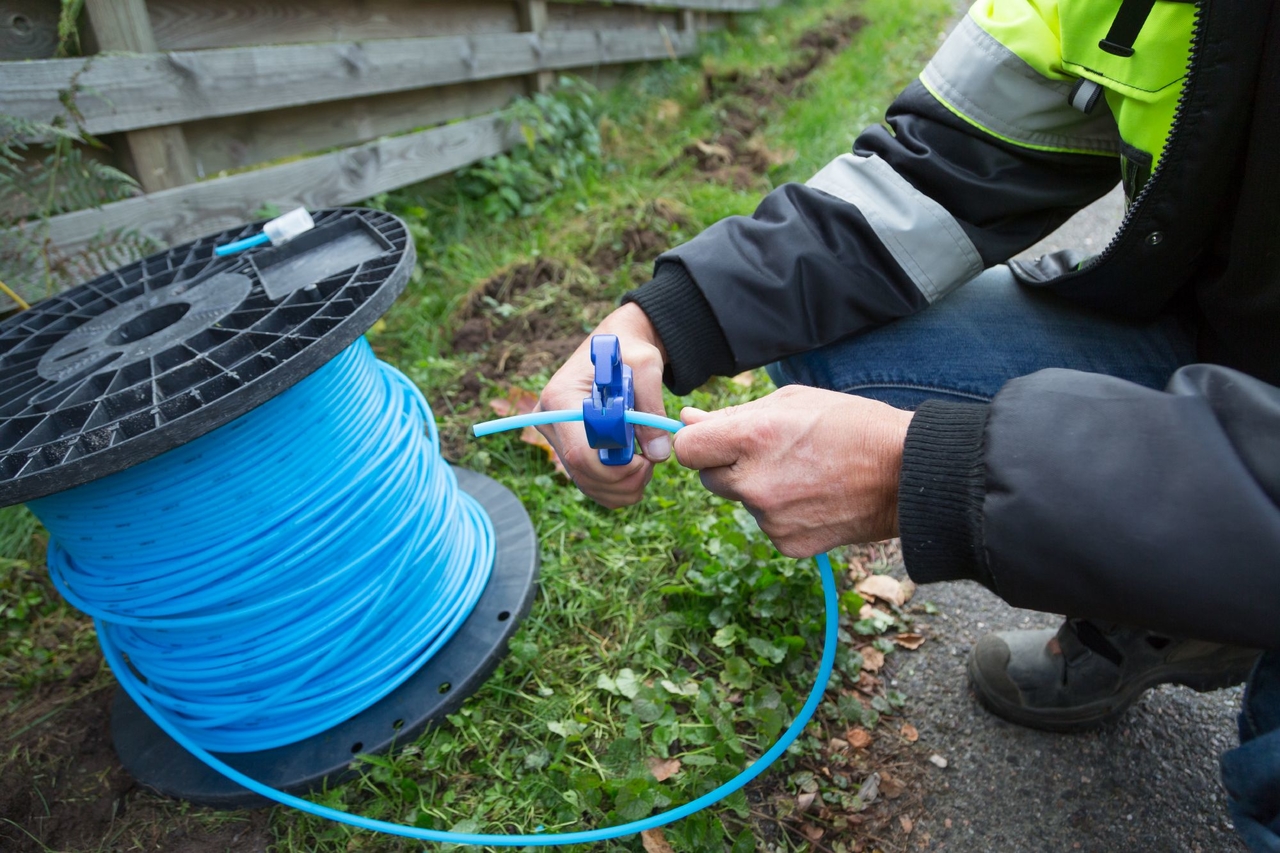Pälkäne, a municipality in southern Finland, has discovered the benefits of joint construction: residents will get a weatherproof electric power network and a fibre-optic network in one construction project.

Joint construction builds on the willingness of different operators to create well-functioning networks together. In Pälkäne, the joint construction approach is used to build a weatherproof electric network and a fibre-optic network for broadband connections. The entire project was designed and put out to tender as a collaborative effort by the parties building the networks.
“The majority of the network will be built as a joint project with the electricity distributor Elenia, but we have also cooperated with telecommunications operators,” says Esko Koskela, managing director at Pälkäneen Valokuitu Oy, the company responsible for building and maintaining the fibre-optic network in Pälkäne.
Developing the municipality and ensuring good connections
The project was launched at the initiative of the Pälkäne municipality, and work has now been underway for a year and a half. [SL1]
“In our previous municipal strategy, poor telecommunications connections were identified as an obstacle to the development of our municipality. This issue can be solved by building a fibre-optic network covering the entire municipality. The municipality sees the fibre-optic network as comparable to other technical infrastructure,” Koskela says.
Opportunities and shared responsibility
The joint construction project in Pälkäne is making good progress: [SL2] The parties involved were surprised by the scope of opportunities for joint construction.
“Our original estimate of the scope of joint construction was 75 per cent. In reality, more than 90 per cent of the works will be carried out as joint efforts,” Koskela says.
The technical requirements of building different networks have been met in good cooperation. The division of responsibilities has also been clear.
“The owner of the infrastructure cannot transfer its responsibilities to others, and the project managers of both networks are vital to making the project a success. In joint construction, joint field planning also plays a key role in project scheduling, timing different work phases and obtaining the required permits,” Koskela says.
Savings, positive feedback and hopes for the future
The joint construction experience in Pälkäne has been positive. The approach has helped cut costs and reduce the inconvenience caused to residents.
“Joint construction has yielded significant economic savings. Our residents have also been happy about streets not being torn up over and over again,” Koskela says.
There is still a need for more joint construction, says Mari Österberg, senior specialist in spectrum management at the Finnish Transport and Communications Agency Traficom.
“Unfortunately, streets are still often torn up for construction work and repaved once the work is completed – only to be cut open again for the next project. This approach may also lead to cable damages,” Österberg says.
According to Österberg, the key to increasing the use of joint construction is cooperation between companies, municipalities and public authorities.
“Municipalities should issue instructions requiring different operators to combine several projects and plan them together. The public authorities, on the other hand, should focus less on regulation and more on raising awareness about joint construction and promoting these projects,” Österberg says.
In project
- Elenia Oy